Exploring Canada
Our Travel GuideIf there is one country that we never get tired of visiting and exploring, it is our neighbor to the north, Canada. Canada has wild places, incredible diverse cities, and magnificent wild life. From Spirit Bears in the west, to herds of reindeer in the north. Canada is a vast and diverse country. From expansive boreal forests to Pacific temperate rainforests to prairie plains to the world’s longest coastline. — From the Atlantic Ocean to the Arctic Ocean to the Pacific Ocean. Canada has it all. Kati and I have climbed a glacier, viewed grizzly bears, and experienced a mother black bear with 3 cubs. We have been in 5 feet of snow and later that day been so warm that we didn’t need a jacket. Canada has it all.
While Canada is the second-largest country globally, its population of 38 million is less than .5% of the world’s total population. About 80% of its people live in urban areas. Canada’s largest cities are Toronto, Montreal, and Vancouver. And the majority of its population lives near its southern border with the United States.
If exploring wild places is on your list, Canada offers countless opportunities. We’ve included a few top National Parks, various road trip ideas, and some bucket list destinations.
Canada at a Glance
VISA – If you are traveling from the US you will need a passport to enter Canada. Check out Canadas site to see if you need a visa to enter the country Canada’s Travel and Tourism Website
CURRENCY – The currency of Canada is the Canadian Dollar. In many places the US dollar is also accepted.
LANGUAGE – The primary languages of Canada are English and French depending where you are traveling to.
- Sight Seeing 90%
- Cost 85%
- Ease of Travel 95%
- Activities 90%
Having family living on the American side of Niagara Falls, I would visit a few times a year growing up. We never missed an opportunity to visit Canada. As I grew older, Kati and I experienced the western part of the country and fell in love with Canada even more. The wild places are truly wild. Exploring the country side is incredible and Canada, though many times overlooked by Americans desperately wanting to go to Europe, should look North. Wild places. Glaciers. Cosmopolitan cities. Incredible wildlife. And adventure all awaits your trip to Canada.
Top Experiences in Canada
Best National Parks
Banff National Park
Banff is an easily accessible National Park. It’s a one and a half-hour drive from Calgary, Alberta on the Trans-Canada Highway. Tucked amongst the snow-peaked Canadian Rocky Mountains, Banff was Canada’s first national park and a destination point for tourists worldwide. But though this is a busy park with busloads of tourists, the Town of Banff retains an air of quaint small town walkability, with great eateries, exciting shops, and lots of accommodation.
Banff offers world-class skiing and snowboarding during the winter months and everything from golf to whitewater rafting, hiking, mountain climbing, canoeing, and fishing in spring, summer, and fall. And year-round wildlife viewing opportunities. – Including elk, grizzly bears, caribou, and wolves.
Whatever season you choose to visit, this national treasure of over 6,600 sq kilometers or 2,500 square miles, you will be awestruck by the mountainous scenery, emerald lakes, cascading waterfalls, meadows, and meandering rivers.
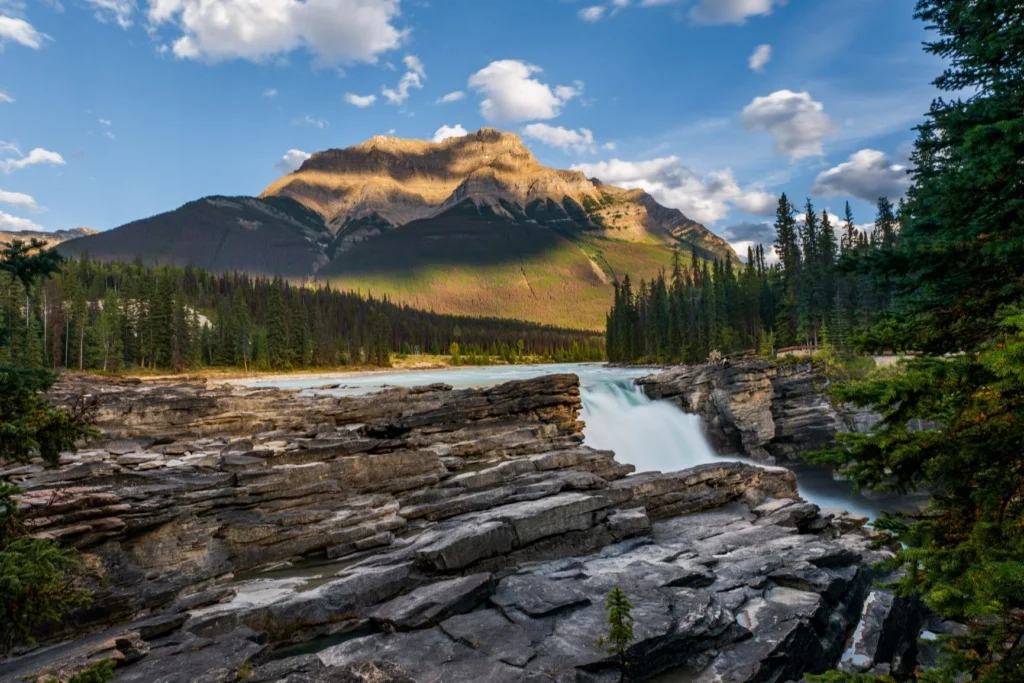
Jasper National Park
Jasper National Park
Jasper National Park north of Banff and four hours west of Edmonton, Alberta, is 11,000 kilometers sq or 4,200 square miles of wilderness.
This vast park’s highlights include an extensive backcountry trail system and the iconic Columbia Icefields. — A rare opportunity today to access an icefield by road. And also, waterfalls, pristine lakes, towering mountains, alpine meadows, skiing at Marmot Basin, and even golf.
Jasper’s small town offers a friendly base to lodge or stock up for camping in the many Park campsites or hostels.
Watch out for wildlife. You can see grizzly bears, caribou, and wolves.
Kluane National Park
Kluane National Park in the Yukon is home to Canada’s highest mountain – Mount Logan at 5,959 meters or 19,551 feet. Mount Logan sits in the St. Elias Mountains, surrounded by Canada’s tallest mountains and part of the world’s largest non-polar icefields.
Kluane is part of a bi-national park system, including the Tatenshini-Alsek in BC, Wrangell-St Elias, and Glacier Bay in Alaska. They’re a UNESCO World Heritage Site and together form the largest internationally protected area on earth.
The park is a couple of hours drive west of Whitehorse, Yukon on the Alaska Highway, and north of Haines, Alaska, on the Haines Highway. Local communities are Burwash Landing, Destruction Bay, and the small town of Haines Junction. Learn about the area’s cultural and historical significance at the Kluane National Park and Reserve Visitors Centre in Haines Junction.
You can enjoy the marvelous scenery from the highways flanking Kluane and stop for a hike. – Short or long. Whitewater raft the Alsek River, paddle Kathleen Lake, or take a flightseeing tour deep into the heart of the mountains and glaciers.
Watch out for wildlife. You can see Dall sheep, grizzly bears, caribou, or wolves.
Best Road Trips
Icefield Parkway
The Icefields Parkway runs 230 km or 144 miles, between Lake Louise in Banff National Park to Jasper, and is about four hours driving time. The Parkway meanders along rivers and climbs high over mountain passes following the continental divide through the Canadian Rockies. You pass by ancient glaciers, cascading waterfalls, sheer rock bluffs, craggy peaks, and alpine meadows. We loved the Icefield Parkway. Besides standing on a Glacier, we also saw Black and Grizzly Bears on the drive. It was an awsome experience.
The two-lane highway can get busy midday, especially in the summer or over holiday weekends. So it’s a good idea to get an early start on your trip. Always check road conditions ahead of traveling. This high mountain road can get snow almost anytime or extreme weather. Pack snacks or a lunch and fuel up, as there’re limited services en route. Besides, stopping at an outlook or on a peaceful river for a picnic gives you more time to experience this incredible journey. The Columbia Icefields is one of the few places in the world you can access glaciers by road.
You’ll pass many backcountry trailheads and campsites. You can make this a day trip or hike and camp as you explore this breathtaking roadway. Or you may prefer to lodge in Jasper. You should book ahead. And remember there’s no cell coverage along the highway.
You can also access the Parkway from Rocky Mountain House, Alberta, off Highway 22. — Known as the Cowboy Trail. From there, you’ll take David Thompson Highway 11 past Nordegg and reach the Icefield Highway midway at Saskatchewan River Crossing.
Watch for wildlife, of course. There are caribou crossing signs with speed limits that change depending on the time of year and the herd’s movements. Also, you can see grizzly bears.
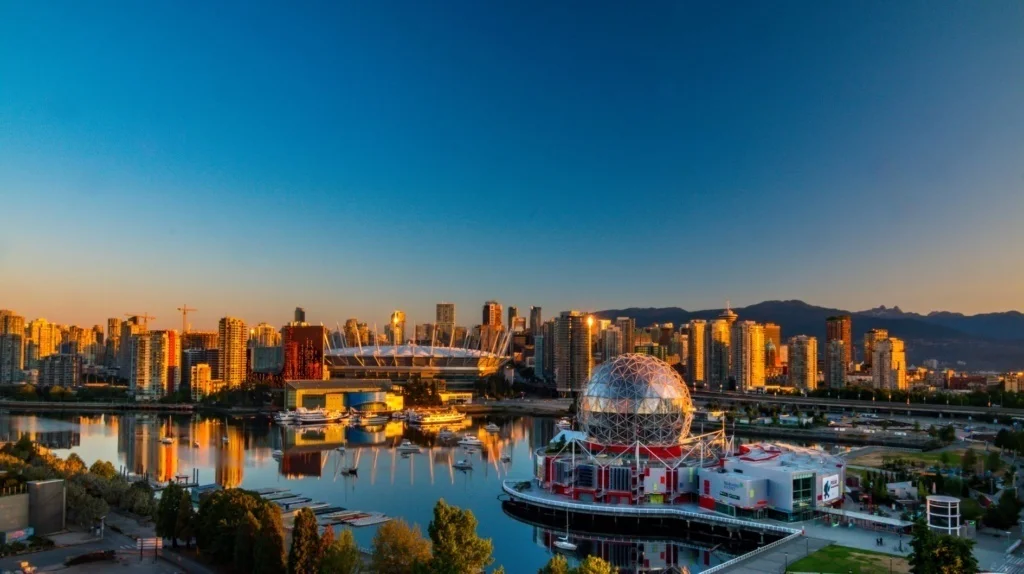
Vancouver
Sea to Sky Highway
The Sea to Sky Highway from Vancouver to Pemberton just north of Whistler, BC, is famous for its gorgeous scenery. At 160 km or 100 miles, you can easily make this trip in one day. Or you can find plenty to see and do to take two or three days to immerse yourself in exploring the sights and area. You’ll drive beside the ocean, through forests, over mountains, and by waterfalls, meadows, and lakes.
The best time to take the Sea to Sky Highway is June to September. July and August are the busiest months. And you’re required to have snow tires to drive this highway between October 1st and March 31st.
Fun stops along the way include Porteau Cove. There’s a small provincial park with a day-use area where you can park and take a stroll. — Walkout on the pier and enjoy the view. Stop at the little village of Brittania Beach, and take a mine tour if you’re so inclined. And pull into the Nch’Kay viewpoint for a great view of Mount Garibaldi. Shannon Falls, just south of Squamish, is the 3rd highest in Canada, at 335 meters, and only a few minutes walk to the viewing platforms.
The Sea to Sky Gondola is a top attraction. You can get an epic ride up the side of the mountain, or you can opt to climb the steep 7 km Sea to Sky Summit Trail. Taking the gondola back down is far cheaper than going up. At the top, check out the viewing platforms, suspension bridge, and walk the easy 1.6 km Panorama Trail. Consider buying your gondola tickets ahead to save time.
Explore downtown Squamish, with its shops, cafes, and restaurants. Squamish is an excellent place to overnight if you’re making this a multi-day trip.
Enjoy the walking trails at Squamish Estuary and Spit and a super view of Stawmus Chief. Brandywine Falls is a short 500-meter hike to the viewing platforms, where you’ll find the 70-meter waterfall cascading into a deep lava canyon.
Whistler is commonly known as one of the top four-season resorts in North America, with world-class skiing and snowboarding, hiking, and mountain biking. You can extend your road trip by taking the Duffy Lake Road north of Pemberton to Lillooet, then head south on the Trans-Canada through Hells Canyon and the farms in the lower mainland to Vancouver.
Haida Gwaii
Yes, Haida Gwaii is an island, but it makes a fun road trip. Haida Gwaii, previously known as the Queen Charlotte Islands, is an archipelago of islands on the far northwest coast of BC. You start this trip in Prince Rupert, BC, where you catch a 6 to 8-hour ferry to Haida Gwaii. You should book your roundtrip on the ferry well ahead. An evening ferry sailing is an overnight trip. So, either book a cabin or make yourself comfortable in the lounge. The ferry has a good cafeteria and offers breakfast, lunch, or dinner and desserts.
The only roads are on the two larger islands, Graham and Moresby Islands. The ferry lands at Skidegate on Graham Island. When you disembark from the ferry, you can drive north along the Hecate Strait on Highway 16 past miles of scenic ocean views, then little farms around Tlell. Head on towards Massett, then take the Tow Hill Road through moss-laden cedar trees to Agate Beach Campground in Naikoon Provincial Park.
You can access Naikoon Park at Tlell or the northernmost tip at Massett on Tow Hill Road. The mossy temperate rainforest exudes a peaceful aura, surrounded by almost 100 km of beaches on the north and east coast.
You can camp right by the beach, looking out over McIntyre Bay, or rent a little cabin nearby. At low tide, this long sandy beach stretches out to sea. Yes, you can find agates too. And if you bring a dip net and a bucket, you can walk through the surf and net Dungeness crabs!
Take a walk down the easy Tow Hill Day Use trail or hike a little further to Rose Spit for stunning views of North Beach. Then explore the washed rocks with their pebbled pools around the blowhole at low tide. Admire the basalt cliffs of Tow Hill, and look out to the Pacific Ocean with nothing between you and Japan.
From the north of the island, you can work your way back south. Walk the docks in Masset. Explore the charming village of Port Clements with their logging museum and woodland campground. You can camp at Misty Meadows at the southern end of Naikoon Park or use it as a staging stop for catching your return ferry. The campground is treed, with a short walk to the east beach where you could walk for miles!
Continuing south on Highway 16, pullover at the Balancing Rock, and walk down to the shore to witness this natural phenomenon. Visit the Haida Heritage Centre at Skidigate for an informative tour of Haida art and culture, totem poles, and canoes. Then walk the docks and waterfront at Queen Charlotte City.
Now take the little car ferry at Skidegate to Alliford Bay on Moresby Island, and drive to Sandspit. The airport for Haida Gwaii is in Sandspit. Follow the Copper Bay Mainline 22 km to Gray Bay. A wilderness campsite on the beach. Enjoy beach walking, the Secret Cove Trail, and exploring Moresby Island before it’s time for your return trip to Prince Rupert.
Head back to Graham Island before your departure to the mainland. Camp at either Misty Mountain Campground at Tlell or Queen Charlotte City to catch an early morning ferry sailing.
This trip lends itself to camping, and of course, you can visit the sites on Haida Gwaii in any order or return to your favorites again. You’ll find you’re never too far from anywhere on the island. The weather is mild and coastal, with frequent rains and sometimes windy conditions. Bring warm clothes and wet-weather gear. Plan to spend from five days to a week or more.
Great Northern Circle Route
This road trip brings you north on the Alaska Highway to the Yukon, south on the scenic Stuart-Cassiar Highway, then east on the Yellowhead Highway back to Prince George. You start and end in Prince George, BC. At almost 3200 km or 2000 miles, you can take a few days or a week or two. The Alaska Highway and the Stuart-Cassiar are paved now, except for construction zones. But the remote wilderness you pass through will leave you spellbound.
From Prince George, take Highway 97 north through the scenic Pine Pass, then Chetwynd, and onto Dawson Creek, BC. Dawson Creek is “Mile 0” of the famous Alaska Highway. Carry on to Fort St. John. If you’re camping, Charlie Lake Provincial Campground makes a nice stop. The next town you’ll pass is Fort Nelson. Fuel up in the few towns you go through, as the roadside service stations are few and far between and pricey.
Watch for Stone Sheep as you climb through Stone Mountain Provincial Park. And caribou along the roadside near Toad River. Muncho Lake north of Fort Nelson has campsites right on the lake. Liard River Hot Springs is well worth the stop, either for a quick dip or camp for the night. These super-hot springs are the second largest in Canada, with a boardwalk trail through the boreal forest. And watch for buffalo grazing along the highway near the Liard River
At Watson Lake, Yukon, you can decide whether to explore the Yukon while you’re here before heading south at the Highway 37 Junction just north of town. Check out the ever-expanding Sign Posts in Watson Lake, with license plates and road signs from around the world. And maybe leave one of your own.
Boya Lake is a lovely lake with campsites right on the water. The community of Dease Lake has a service station with a well-stocked grocery store. Fuel up before you leave. Kinaskan Lake has excellent fishing with campsites by the beach in the provincial campground. Meziadin Lake just past Meziadin Junction also has a nice campground. You can take a side trip into Stewart BC from the junction. And visit Hyder, Alaska, while you’re there.
Kitwanga is the junction with Highway 16. Head east towards Hazelton and on through the picturesque Bulkey Valley. Tyhee Lake Provincial Park just past Telkwa has a good campground and beach. There is a municipal campground at Fraser Lake, down on the lake. Explore the many small towns along the way, and arrive back in Prince George at the same junction you took north.
Dempster Highway
The junction for the Dempster Highway is 40 km or 25 miles from Dawson City, Yukon, on the Klondike Highway. The Dempster is 740 km or 460 miles long, to Inuvik, Northwest Territories. It’s a well-maintained gravel road that takes you through the remote, pristine wilderness of the Canadian north. Crosses the Arctic Circle and carries on to the Mackenzie River Delta at Inuvik and the Arctic Ocean.
From mid to early June until October, you cross the Peel River and the Mackenzie River by ferry. Then after freeze-up, there are ice bridges. That section of the highway is closed during freeze-up and breakup. The best time to travel the Dempster is during the summer months with 24 hour daylight, into early fall when the colors on the tundra vegetation are spectacular.
Stock up on food, insect repellent, and water in Dawson City or Whitehorse. And fuel up before you start up the Dempster. The next fuel is 400 km or 250 miles north at Eagle Plains. Bringing a full jerry can of gas is also a good idea, as well as a full-size spare tire or two. Check the road conditions before you go. A little rain keeps the dust down, but torrential rains can make the highway a mess. And needless to say, there’s no cell coverage after you leave Dawson, City.
Tombstone Territorial Park, about an hour and a half from Dawson City, is stunning. From there, you climb over North Fork pass, cross the continental divide, and break out into a gorgeous expanse of tundra. You’ll enjoy the ever-changing scenery, from the rolling tundra to boreal forests to rushing rivers. You’ll climb through the ancient Ogilvie and Richardson mountains, pass over continental divides, through many miles of tundra landscape, and cross the Arctic Circle.
Of course, watch for wildlife from Ptarmigan to Dall sheep to moose to grizzly bears and wolves. And caribou, both resident mountain caribou near Tombstone and you may be lucky and see the migrating barren-ground caribou of the Porcupine Caribou Herd. It’s an unforgettable experience to see the 180,000 plus herd on the move.
Eagle Plains is a gas station, restaurant, and hotel complex at the Arctic Circle. Fuel up there, as it’s 300 km onto Inuvik. Fort McPherson is a small native village on the Peel River. The town of Inuvik, Northwest Territories, has hotels, restaurants, and shopping. And you can now drive to Tuktoyuktok, a village on the Arctic Ocean.
You’ll find plenty of turnouts along the highway to stretch your legs or camp for the night. Drop a hook in a mountain river, and snag a grayling or arctic char for supper. Driving the Dempster is a memorable trip. The sheer wild remoteness of the pristine wilderness you travel through will touch you.
Cabot Trail Road
The scenic 300 km or 185 miles Cabot Trail takes you on a loop around the northern tip of Nova Scotia with spectacular views of the Atlantic Ocean and through the Cape Breton Highlands National Park. While you can make this trip in 5 hours with no stops, most people take a few days to enjoy the sights and flavors of Cape Breton.
Start the trail near Baddeck, Nova Scotia, or Trans-Canada 105. Take Exit 7 off the Trans-Canada to drive clockwise on the “inside lane” around the steep coastal road. Or Exit 11 to take the “outside lane” if you’re a brave motorist who enjoys less traffic and a better view of the sharp drop-offs. And watch for moose on the road!
Enjoy some of the popular stops on the Cabot Trail. Whale watching at Pleasant Bay, hike the trails at Cape Breton Park and wander the beaches of Ingonish. Explore the small villages, and check out the art studios in St. Ann’s. Visit the Alexander Graham Bell Museum in Baddeck. And feast on lobster and other seafood at local eateries.
There are plenty of accommodation options from quaint little inns to Bed & Breakfasts to cottages and five-star resort suites. — Also, several festivals and events and lots of Acadian music to entertain you. So, take your time and enjoy your Cape Breton experience.
Best Events and Destinations
Calgary Stampede
The famous Calgary Stampede heralded as the “Greatest Outdoor Show On Earth,” is held every July in Calgary, Alberta. It hosts over one million visitors a year and is one of the world’s largest rodeos. But there is plenty to entertain visitors besides the 10-day rodeo. From a parade to a midway to stage shows and concerts to chuckwagon races to agriculture exhibitions, including heavy horse pulls and even blacksmith competitions.
You can see the world’s top professional cowboys at the invitational rodeo. They compete for day money, and each event’s final winner gets a 100,000 dollar check!
Calgary dresses in cowboy hats and western wear for the occasion and pancake breakfasts pop up in parking lots around the city.
Churchill’s Polar Bears
Polar bears, anyone? The small town of Churchill, Manitoba, on Hudson Bay is known as the Polar Bear Capital of the World. You also have a rare opportunity to see Beluga whales and the Northern Lights. The only access to Churchill is by air or rail. There is no road to Churchill. Full disclosure here: Kati and I have not been to Churchill as we host a trip to the Alaska arctic on Xpedition Arctic to see Polar Bears.
Polar bears spend their summer on the arctic tundra and along the northern coast of Hudson Bay. Come fall, hundreds of polar bears pass through Churchill and the area to congregate along the shores of Hudson Bay, waiting for the seawater to freeze. When the ice is strong enough to support their weight, they head out onto the sea ice to spend the winter hunting seals. These mighty polar bears are the largest bear species in the world.
Churchill is also known for the white beluga whales that come in the summer. Beluga whales frolic in the icy waters of Hudson Bay. June to September are the best times to see them, with July and August being their calving time in the Churchill River. And you can sometimes spot polar bears along the shore and on the tundra from whale-watching boats. While winter is the best time to see the Northern Lights, they can be visible many nights after the long days of summer are over if there’s no cloud cover.
Accommodations in Churchill fill up during the prime polar bear viewing season. But many tour operators include your stay and some, your air travel also. Book well ahead. While there should be the largest number of bears in the area late in the season just before the ice freezes hard, it is nature, with unpredictable timing. If the ice freezes early, the bears will leave. Earlier in the season, you often have fall colors, a little milder weather, and other wildlife viewing opportunities. — From ptarmigan to arctic foxes to snowy owls and caribou.
Niagara Falls
Niagara Falls lies 120 km or 75 miles southeast of Toronto, Ontario, on the border between New York, US, and Canada. It consists of three falls, American Falls and Bridal Falls In the US, and Horseshoe Falls in Canada. The 57 meter or 187 foot Horseshoe Falls is the most powerful waterfall in North America. Besides its unforgettable majesty, Niagara Falls also supplies hydroelectric power.
Take a journey behind the falls to experience first hand the power and magnitude of the waterfall. Or a helicopter ride or boat cruise. There’s no end of things to do on a visit to Niagara Falls. From midways to water and theme parks to botanic gardens to casinos, historic sites, and scenic rides. And of course, shopping, shows, and nightlife.
Interested in boat rentals or possibly a Yacht Charter while visiting Toronto? Check out GetMyBoat.
These are just a taste of the experiences and adventures you can find in Canada. If we were only allowed to visit one country for the rest of our lives, we would certainly consider Canada as that destination. This sparsely populated vast country lends itself to road trips and wilderness camping. From coast to coast to coast, you will find diverse and exciting places to see and things to do. Well-maintained highways tie together extensive National and Provincial Parks systems, bustling cities, and quiet little towns. Wherever you find yourself exploring in Canada, the hospitable locals will welcome you.
1 Comment
Submit a Comment
Canada
Our Travel Blog
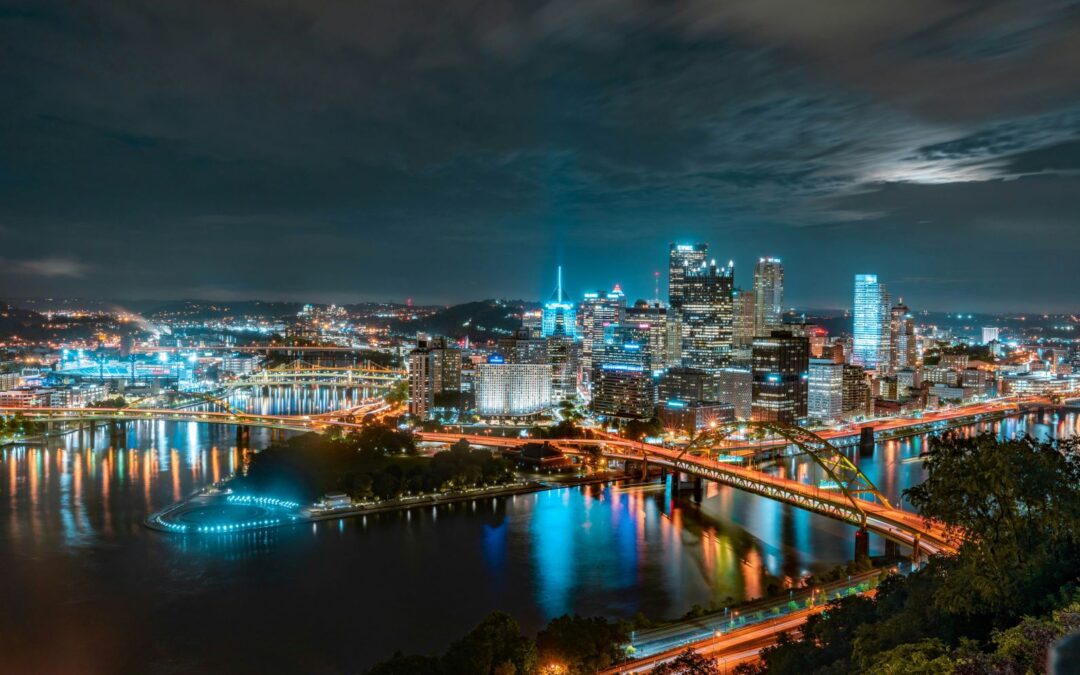
A Journey Through Time: Discovering Pittsburgh’s Rich History
Embark on a captivating journey through Pittsburgh’s vibrant past. From its humble beginnings as a frontier outpost to its rise as an industrial powerhouse, this book unveils the city’s hidden stories and forgotten tales. Explore the triumphs and tribulations that shaped Pittsburgh into the thriving metropolis it is today.
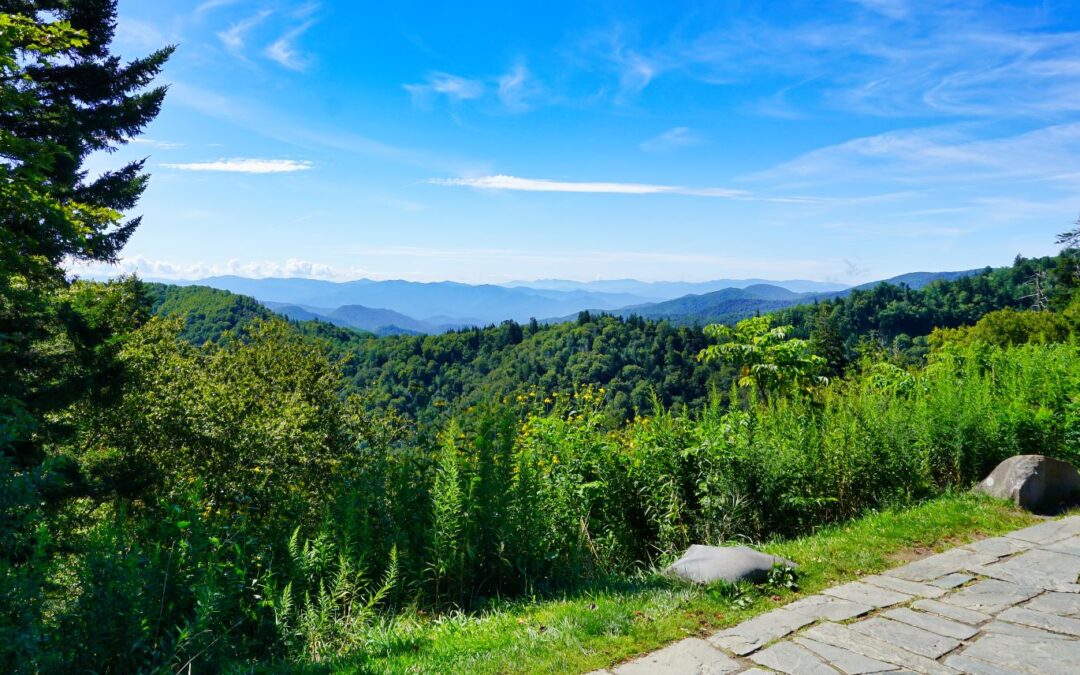
Discovering the Natural Beauty of Smoky Mountain National Park
Smoky Mountain National Park is a breathtaking haven for nature enthusiasts. With its majestic peaks, lush forests, and cascading waterfalls, it offers a mesmerizing escape from the chaos of everyday life. Immerse yourself in the tranquility of this natural wonderland, where every step reveals a new discovery and every view leaves you in awe.
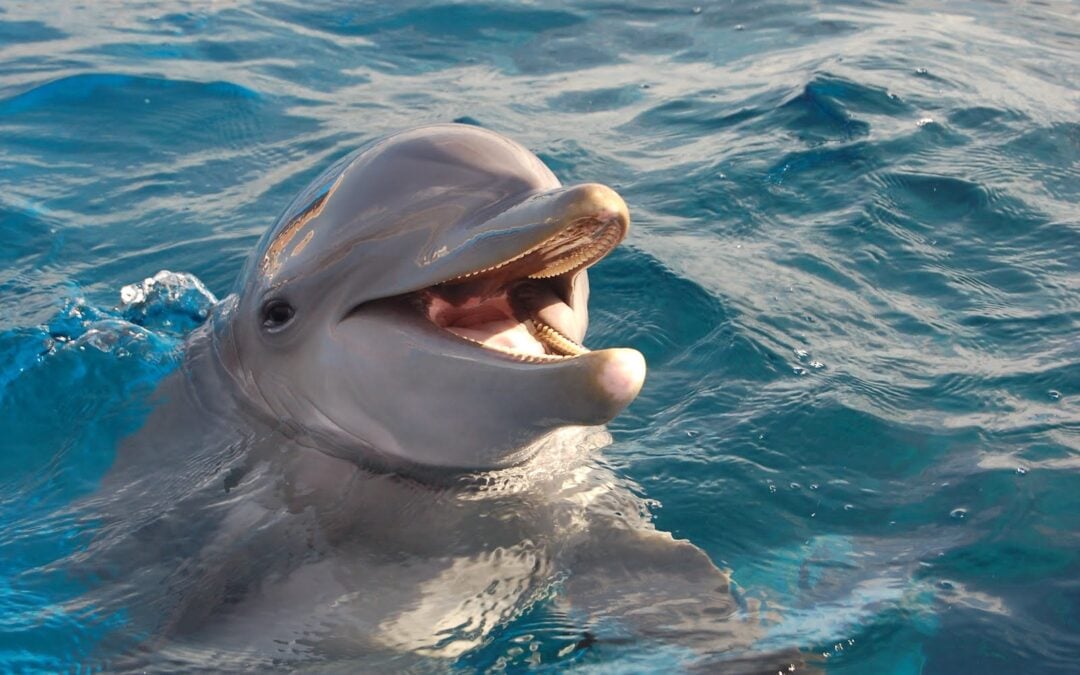
Sun, Sand, and Adventure: Top 5 Things to Experience on Fort Myers Beach
Fort Myers Beach offers a paradise for sun-seekers and adventure enthusiasts alike. Dive into crystal-clear waters teeming with vibrant marine life, or soak up the sun on the pristine sandy shores. Embark on thrilling water sports, explore the enchanting Lovers Key State Park, or indulge in fresh seafood at waterfront restaurants.

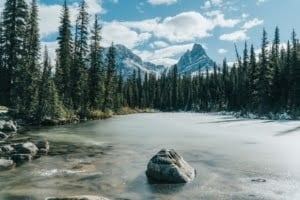
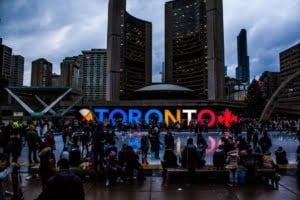
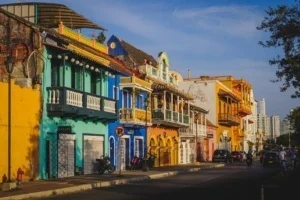
Comprehensive and fantastic guide! Your Canada travel guide is packed with valuable information, stunning photos, and insider tips. From the rugged Rockies to the vibrant cities, you’ve covered all the must-see destinations. I appreciate the practical advice on getting around, accommodation, and activities. This guide is perfect for anyone planning a trip to Canada! Thanks for sharing your expertise!